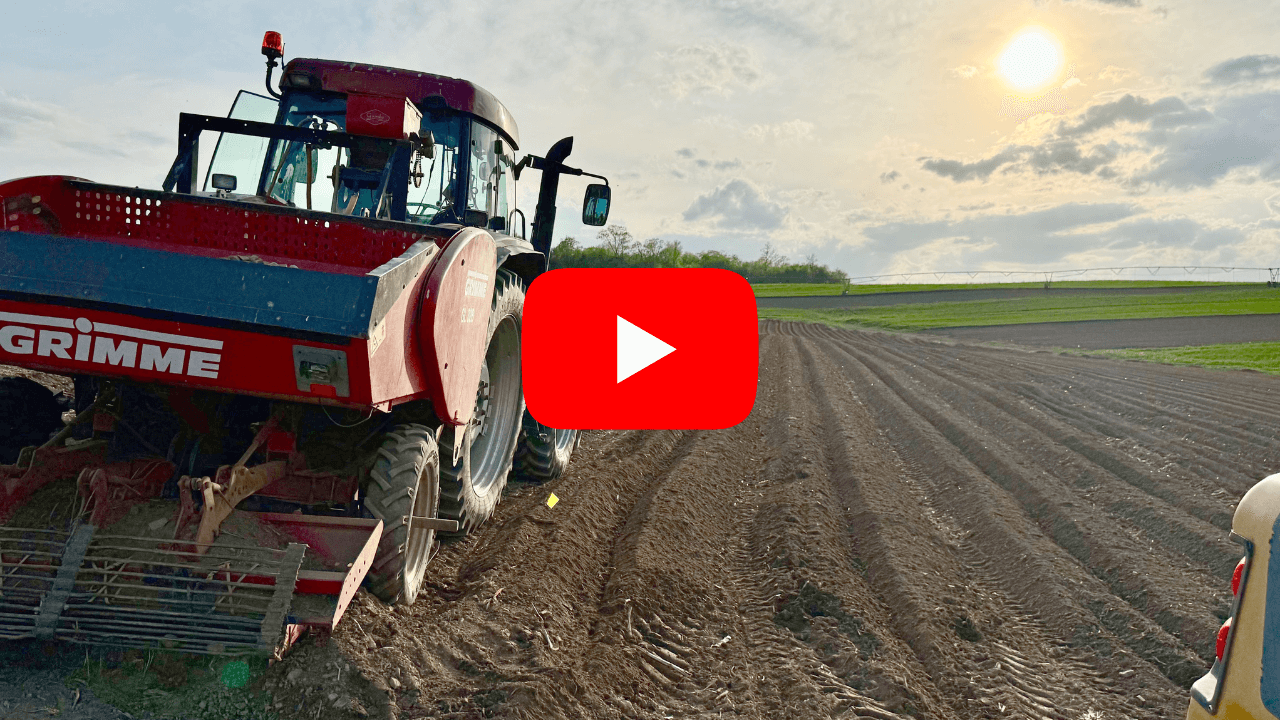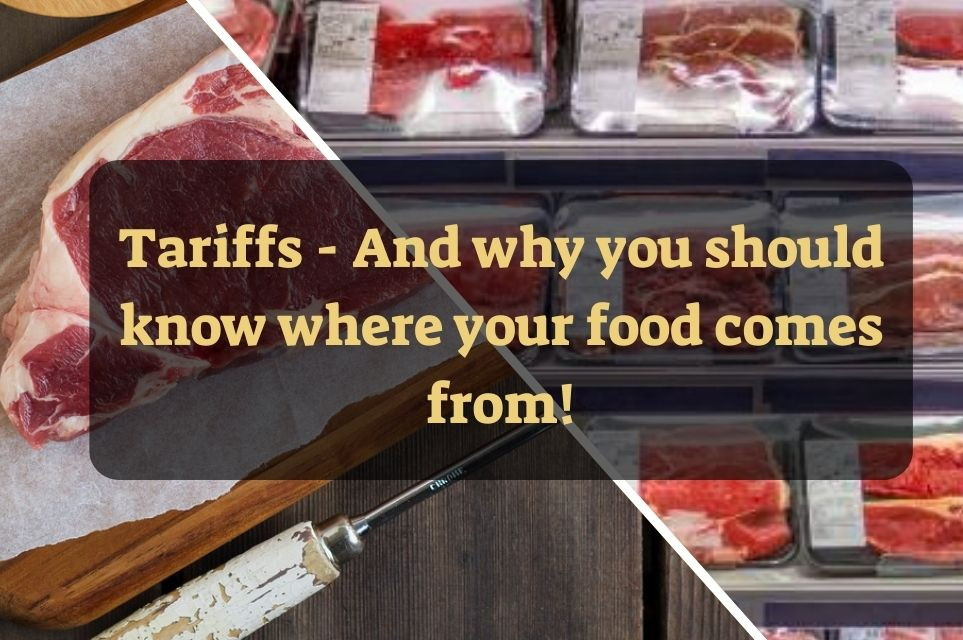How We Make Cooking for A Crowd Easier with the Best Beef and Potatoes
posted on
July 12, 2022

At Red Hill Harvest, we love a good party!
And we love providing our guests with great food that is easy for us as hosts to prepare. Not everyone has a farm full of 100% grass fed beef and fresh potatoes, but that shouldn’t stop you from hosting amazing gatherings with delicious food. We can show you how.
This summer, we dusted off our hosting shoes to throw Nathan a graduation party. One hundred people gathered in our backyard. He’s the social butterfly of the family.
Our friends and family came together for an evening of socializing, basketball playing, and eating good food. We enjoyed everything from pulled pork and ham sandwiches (shocking for beef farmers we know!) and our roast potatoes to macaroni salad and deviled eggs made with our eggs. Then, we finished the night with gluten free cupcakes and homemade fruit salad.
It was the perfect celebration of Nathan’s achievement, and reminded us how to best prepare food for a crowd. No one wants to spend an entire party in the kitchen, but we all want our guests to leave fully satisfied.
With a large family, we have a fair amount of practice cooking for a crowd and wanted to share some of our best tips and tricks to make your summer entertaining even better and easier.
The Best Food for A Crowd Starts with the Best Ingredients
When you’re cooking for a large group, simple recipes are always best. They will appeal to a wide range of eaters and require less prep time in the kitchen, which allows you to enjoy the party.
The way to make those simple recipes shine is to make them with the best ingredients. Even something as simple as a hamburger tastes dramatically different when it’s made with 100% grass fed beef from a local farmer instead of the mystery ground beef at the supermarket.
Likewise, freshly picked vegetables like tomatoes or cucumbers require little more than some salt and pepper to become a delicious side dish that everyone will love. We recommend visiting your local farmers market before the party to find the most fresh produce.
As beef and potato farmers, we like to utilize our own bounty for parties, and fortunately it is perfect for large group meals! Here are some of our favorite ways to include the best beef and potatoes in our party cooking.
Our Favorite Beef Recipes for a Crowd
No one wants to be flipping a hundred steaks on the grill when they would rather be socializing with friends and family. Fortunately, there are lots of simple ways to cook beef for a crowd.
Cooking your beef ahead of time is a great way to enjoy the party without fussing over the stove or grill.
In the morning of the party, we put a beef roast (arm roast or chuck roast are great options here) in the slow cooker with carrots, onions, and a seasoning mix. As we clean the house and set up for the gathering, the beef cooks down to become meltingly tender. Then, when we’re ready to eat, we shred the beef and serve it on buns alongside a selection of sauces. This simple recipe requires very little effort for a delicious reward!
Hamburgers made with 100% grass fed ground beef are another great party option. You can grill the patties during the party or, to make life even easier, grill them before the guests arrive and then leave them a crock pot to stay warm. When you are ready to eat, bring the patties outside and let people build their own burgers.
Finally, beef kabobs are always a hit at a summer party. Take our pre-cut beef cubes, marinate them with your favorite sauce or seasoning, then place them on skewers with fresh cut vegetables. The combination of vegetables and meat will help you to stretch your protein to feed a crowd and the meat will cook quickly on the grill. Besides, everyone loves food on a stick!
Delicious Potato Recipes for a Crowd
Who doesn’t love potatoes? They are versatile, easy to prepare, and can be enjoyed both warm and cold.
For Nathan’s graduation party, we made pan roasted potatoes for our guests. We quartered baby yellow potatoes, mixed them with butter and Old Bay seasoning, then roasted them in an oversize roasting pan. It was a simple dish with little prep work, but all the guests came back for seconds!
Potato salad is another summer party classic. Whether you prefer a traditional mayonnaise based dressing, a vinegar and mustard recipe, or something fancier like pesto, using organic potatoes will make all the difference. We recommend our baby organic red potatoes for the pop of color that the red skin adds.
It’s not quite as simple as roasting or boiling potatoes, but making homemade french fries is a great way to wow the guests at your next party. If you have an outdoor fryer, like the kind used to deep fry a turkey on Thanksgiving, you’ll be able to make a mountain of fries in no time. Our french fry potatoes are the Norwis variety which was grown specifically to make the best fries.
Hosting a party and cooking for a crowd can feel daunting. But time spent with loved ones is more than worth the effort. And, when you start with the best ingredients, like 100% grass fed beef and fresh potatoes, and use simple recipes, you can have a feast without any stress.
What are your favorite recipes for a crowd? Let us know in the comments below!
*Photo by Alexander Zvir




